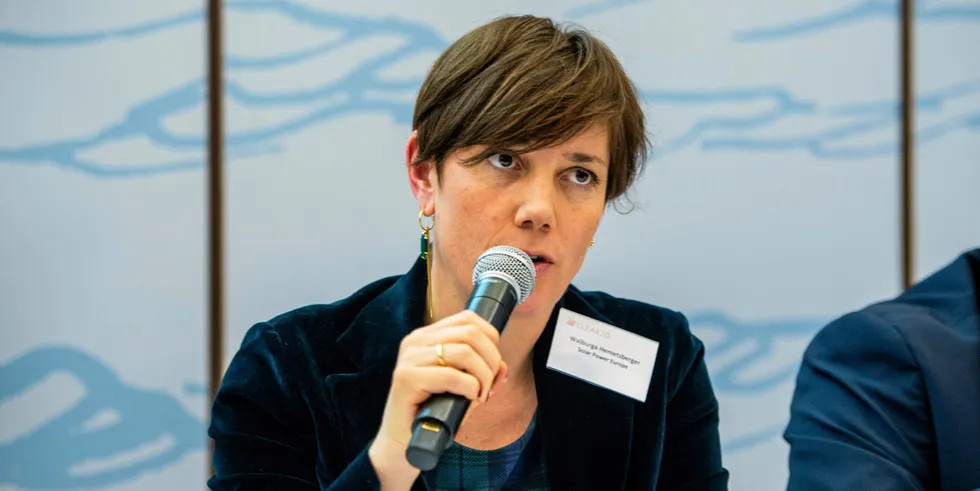SolarPower Europe sees strong PV growth in coming four years after near-record 2020
Solar additions expected to rise to 35GW in 2024 from 18.2GW this year, industry group projects in its market outlook

Solar additions expected to rise to 35GW in 2024 from 18.2GW this year, industry group projects in its market outlook
